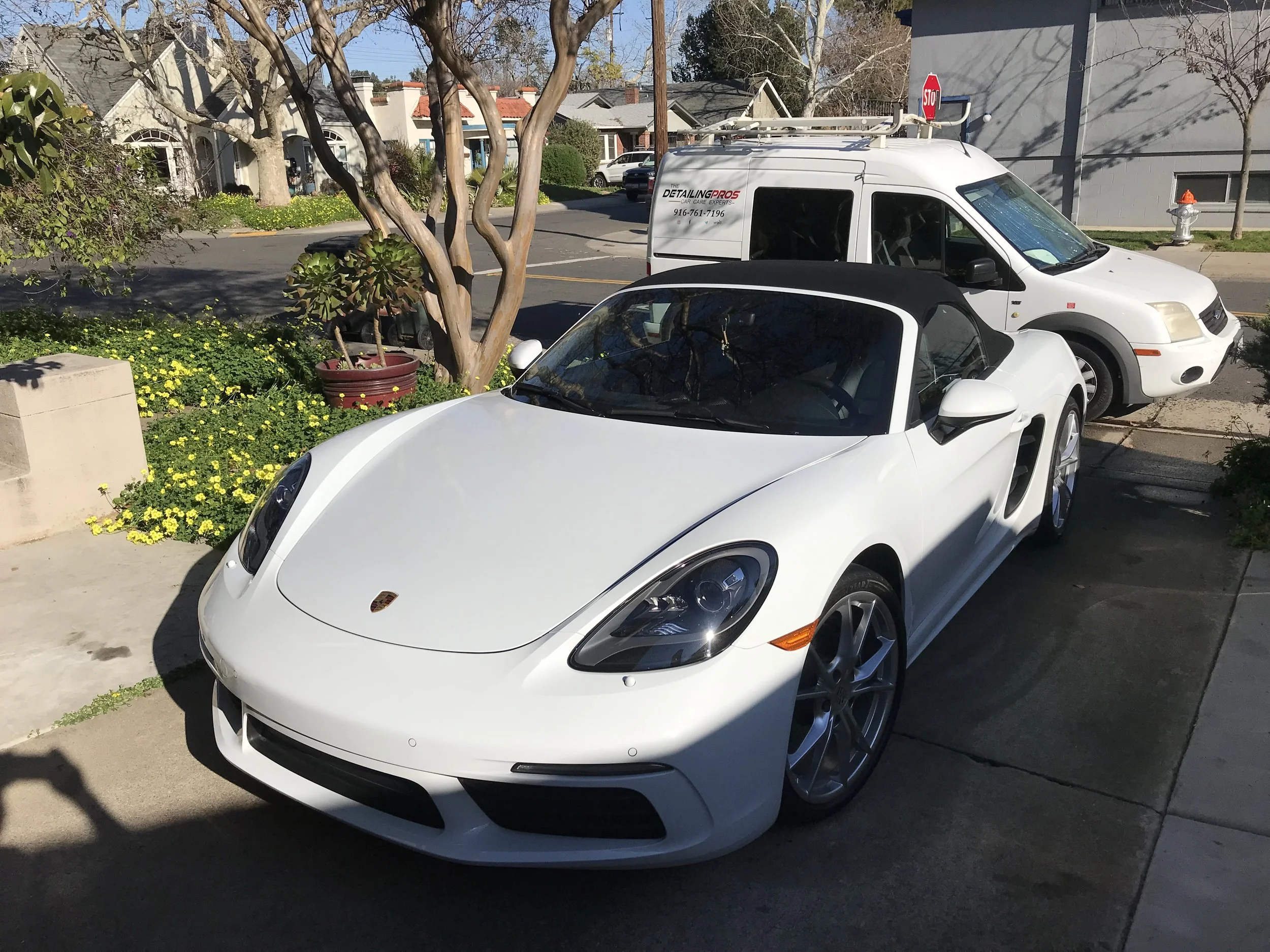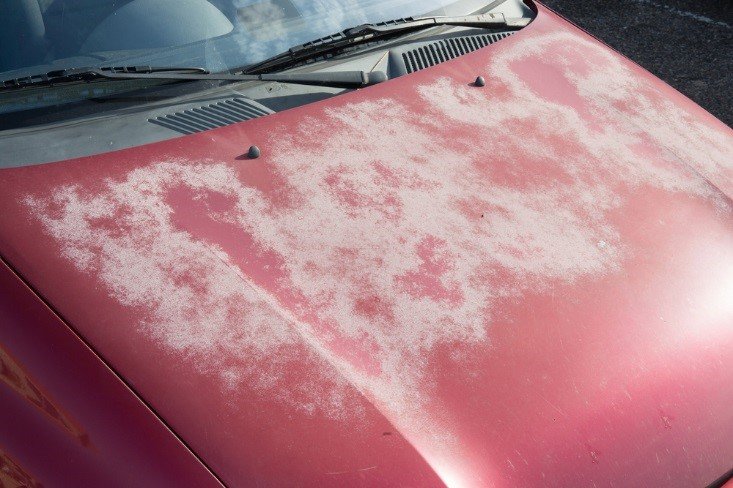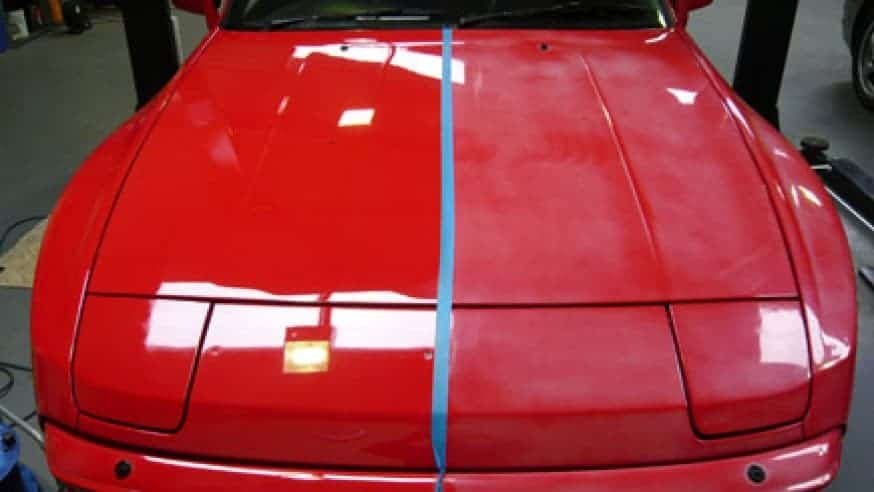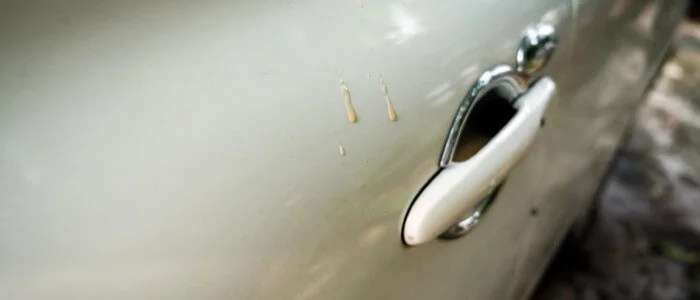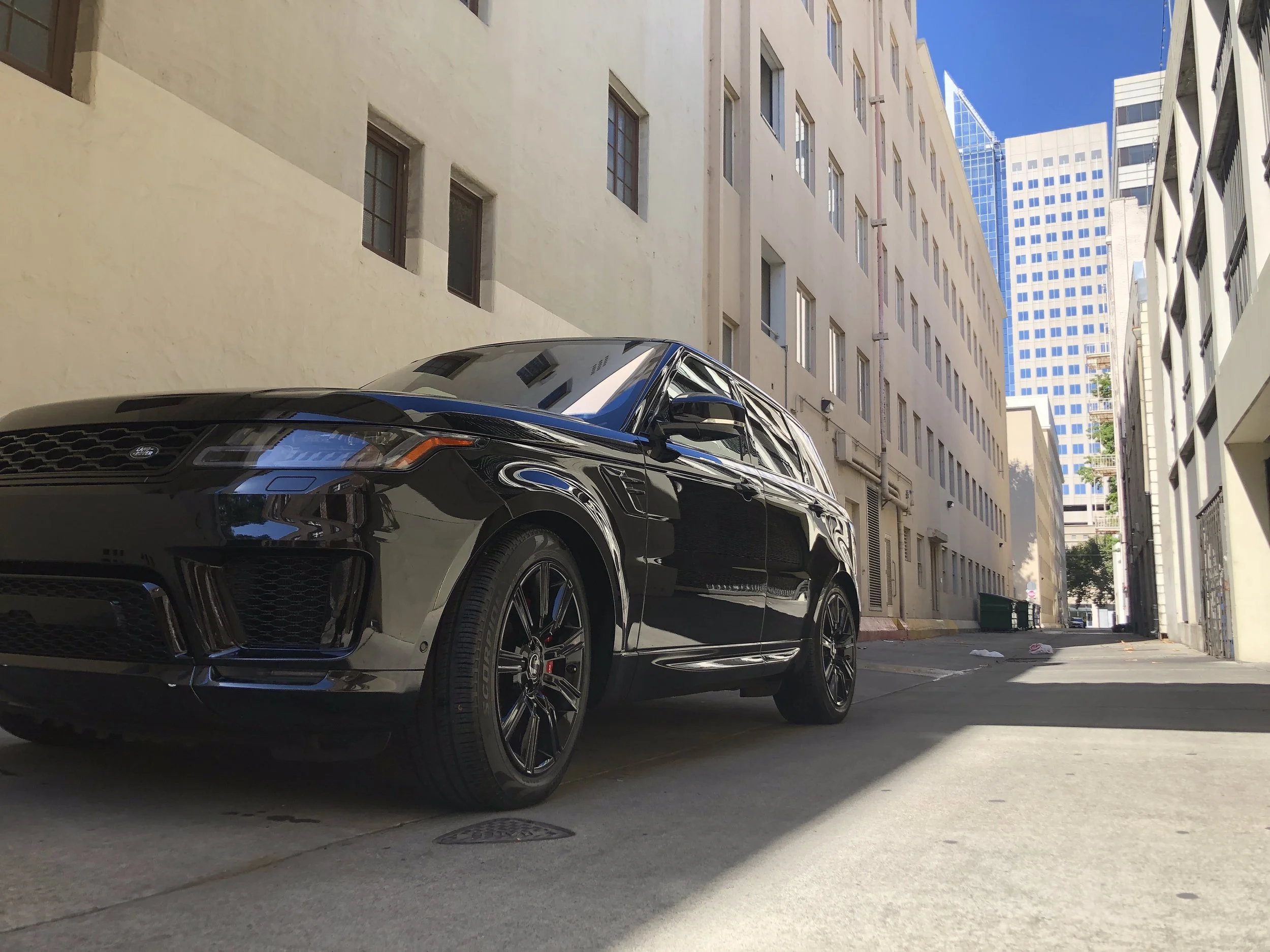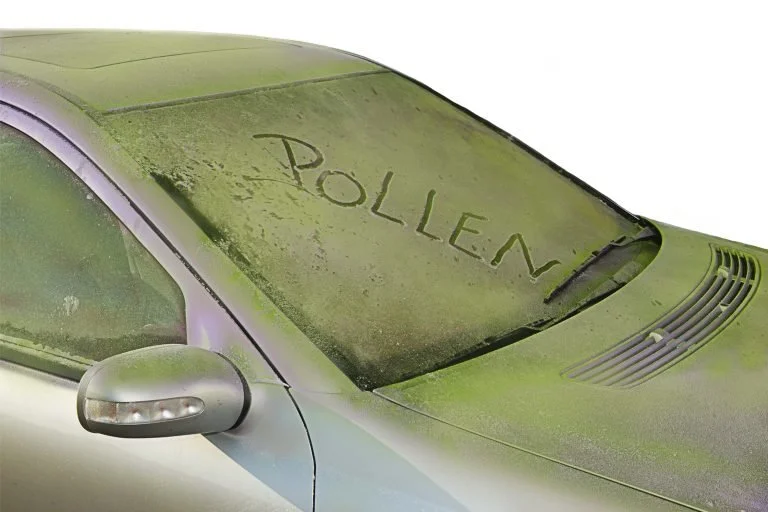That seems to be a very common question in the professional detailing world right now, and there’s so many varying answers depending on who you ask.
Ask a detailer who partners with a coating company and they’ll say your car can’t live without it and you’d be a fool to not apply it. Same goes for any dealerships, or as I call them, Stealerships. These folks are glad to take your money and promise you a lifetime of protection from their “exclusive” magic potion.
Ask a detailing newcomer and they’ll tell you that ceramic is unnecessary because they don’t know how to apply ceramic coatings and they’d rather not deal with the uncertainty.
And surely there are thousands of other blogs that’ll help guide your decision on whether to go with ceramic coating or not. Some that will break ceramic products down to a molecular level! You won’t get any of that scientific jargon here, all I’m going to do is provide scenarios of when ceramic makes sense.
How did we come to have ceramic coatings?
There are level of protection in the car care world, and it starts with carnauba. Carnauba wax has been around for ages, but it wasn’t until the turn of the 20th century that they started using it to protect a car’s paint. It was the go-to product until synthetics hit the market in the 90’s, blending carnauba with polymers and other fillers. This allowed the wax to create better bonds with the painted surfaces, creating longer lasting protection. Typically, a carnauba paste wax can last up to 6-12 weeks if maintained properly where synthetic blends can last 3-4 months.
Then science came into the picture with the introduction of silicon dioxide based products in the early 2000s, but mostly for commercial use. Companies like Cilajet were using the technology for aviation for years before other companies jumped on the bandwagon to develop their own products for cars, trucks and SUVs. These so-called sealants became all the rage with professional detailers and dealerships as this product can keep a car’s paint protected for 6-9 months. This is still my go-to protection for most of the cars we do. Sealants offer the best bang-for-your-buck deals.
Now we have ceramic coating options. In a nutshell, these products take silicon dioxide to another level. Your average paint sealant claims to have 5% silicon dioxide mixed into their product. Some ceramic products claim to have 85% silicon dioxide! (though I would take that with a grain of salt). But you get the idea. Ceramic coatings, essentially, are just a more potent cocktail of silicon dioxide. Some brands use a quarts crystal base, and some use a resin product and this is what differentiates the longevity of a coating. Over the counter ceramics are typically 2 year protection programs, where professional grade products that require certified installers apply the product can last up to 7 years. And this is where things get dicey for me.
Yes, some ceramic products can bead water for several years, but if you’re promising 7 years of protection how can that be verified? Or challenged? And what happens when you have to polish out a fender 2 years in? If you re-apply ceramic on that fender, now that fender has 7 years of protection where the rest of the car has 5 years left? Not to mention, some of these companies promising 7+ years of protection haven’t even been in business for 7 years! Also, every ceramic coating company that offer a 5+ year coating mandates that the vehicle be “maintained” every year for the warranty. This means the vehicle will need to be “topped” with a sealant, which on its own, as mentioned above, can last up to 9 months.
In my opinion, ceramic is just another form of protection, albeit a better and longer lasting one. Sure, some products can bead water for a couple years, but they are not bullet proof by any means. Paint can still water spot, scratch, haze and get rock chips with ceramic coating on the paint.
So why and when should I apply ceramic?
Easy maintenance. This is the best reason to have ceramic on your car. Ceramic creates a hardened shell over the paint that does not allow any micro contaminants to embed themselves into the clear coat and is very hydrophobic. This makes washing and drying your car much easier. Especially wheels, we all know how nasty those can get! If coating your car is too much money for your budget, it’s a good idea to at least coat the wheels for this purpose. Preventing pitting in the wheels long term if kept up.
Aesthetics. Ceramic creates major gloss! If you have a show car and looking to add premium gloss to your paint for show, then ceramic is the way to go. Gloss, or shine, is created by depth in the clear coat. Some ceramic products can actually be measured with depth instruments, which translates into a deeper mirror like finish.
Longer lasting protection. As mentioned above, ceramics lasts much longer than traditional waxes and sealants, meaning you don’t have to add protection as often. You want to wax your car at least 3-4 times a year. Sealants twice a year (unless the car is garaged and maintained properly, then once a year). Ceramics can be applied every 2-5 years. As long as you properly maintain your car, meaning you are consistently washing it, ceramic can be a great choice.
Getting a new car. Manufacturers are totally skimping out on the amount of clear coat they apply to cars nowadays. This means less protection right out of the assembly house. Investing in a quality ceramic coating can provide that extra protection, and should you get water spots or haziness in your paint, you’d be polishing out the ceramic and not digging into the clear coat.
When should I avoid ceramic coating?
Best protection on the market. If you’re looking for the best protection money can buy, it’s definitely not ceramic coating. It’s PPF, or paint protection film. This will protect your paint against rock chips, scratches, water spots and so much more. PPF can certainly get damaged by these, but you can pull off that damaged film and re-apply as necessary. PPF is very pricey though, even more than ceramic, but if you’re in at $2,000 for ceramic, it’s not too far from the price of PPF.
Working with a budget. If you have a specific budget, spend it on perfecting the paint. Use that money to buff out imperfection and decontamination and apply a sealant. Sealants are reasonably priced and are great forms of protection. Clay bar and paint polishing can do wonders to keep your paint looking great for as long as you own the car. This too can get expensive, but it’s much more worth the cost, then just washing and applying a ceramic coating.
Exposure to the elements. If your car is constantly exposed to the elements and requiring the paint to be buffed annually, then ceramic is a waste. Ceramic can be polished off the paint and unless you plan on paying ceramic prices every time you have the paint polished, then it may be better to go with a different protection. This can be avoided by proper maintenance, but if your car is parked outdoors, and you’re one that washes their car once a quarter with dish soap and a terry towel, then I wouldn’t advise ceramic application.
All in all, I do like what ceramic coatings have done to the industry in terms of adding another form of protection. However, it’s not for everyone, or every situation. I apply ceramic to my personal vehicles, but that’s because I apply it myself and don’t have to pay $1,000+ for it. I also park my cars outdoors, but wash them every week.
Whether you want ceramic coating, sealant, wax or PPF, we can get you what you need in Sacramento. Sacramento mobile detailing has never been easier, and if you want the shop experience we have that too.
So the short answer is yes, ceramic coating is worth applying to your car, but there are certain circumstances where you’d just be waisting your money. Your best bet is to talk to a local professional and have your vehicle evaluated.

